This is the first time a nuclear powered engine has been tested in fifty years.
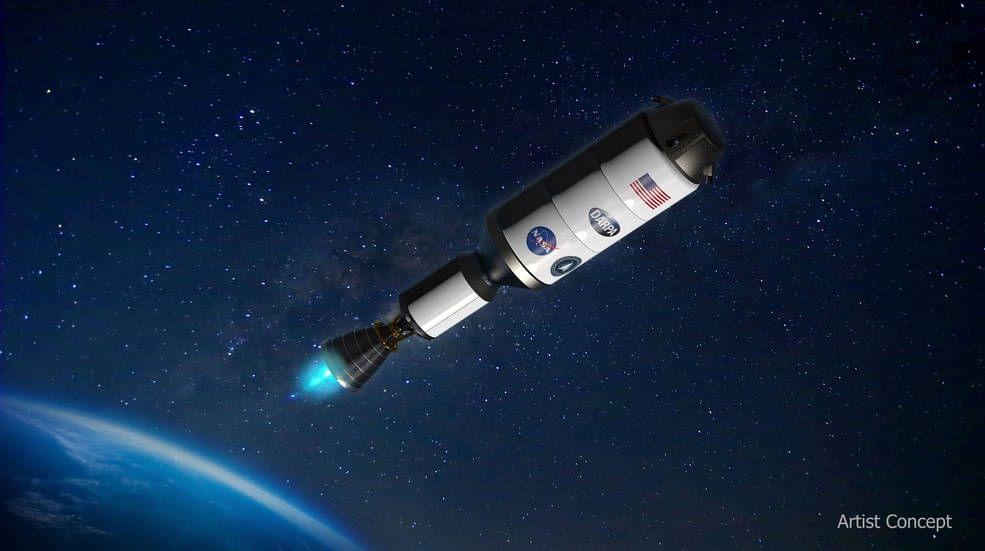

Human civilization has achieved some incredible things during its short reign on this planet. Technological development over the past 5,000 years of human civilization has led our species to dominance of life on Earth and placed us on a pathway to achieving a Type I civilization.
To reach even the basic level of a “Kardashev Type 1 civilization” we must do two things:
Develop more advanced technology and share it with all responsible nations.
Make renewable energy accessible to all parts of the world.
Five hundred years ago, the Aztec civilization believed that the sun and all its power was sustained by blood from human sacrifice.
Today, we know that the sun, along with all other stars, is powered by a reaction called nuclear fusion.
Scientists and engineers have studied the Sun’s fusion process in hopes of developing a way to harness energy from fusion in machines on Earth.
What exactly is nuclear fusion, and how does it work in terms of producing electricity?
#nuclearfusion #sciencetime #kardashev.
Get a glimpse of the future and be amazed by the technological advancements that await us in the year 2100. Our video features top 10 predictions that will shape the world of technology in the next century. From fully immersive virtual reality to advanced artificial intelligence and nanotechnology, this video is packed with exciting insights.
We’ll dive into the possibilities of space colonization and teleportation, explore the potential of augmented reality and fusion energy, and look at the rise of robot assistants and mind uploading. Get ready to be amazed by the holographic displays that will take virtual experiences to a whole new level.
This video is perfect for anyone who wants to stay ahead of the curve and be informed about the future of technology. Subscribe now and turn on the notification bell to never miss an update. Optimize your viewing experience by turning on closed captions.
Leave a comment and let us know which prediction you’re most excited about. Join the discussion and share your thoughts on the future of technology. Don’t wait, watch now!
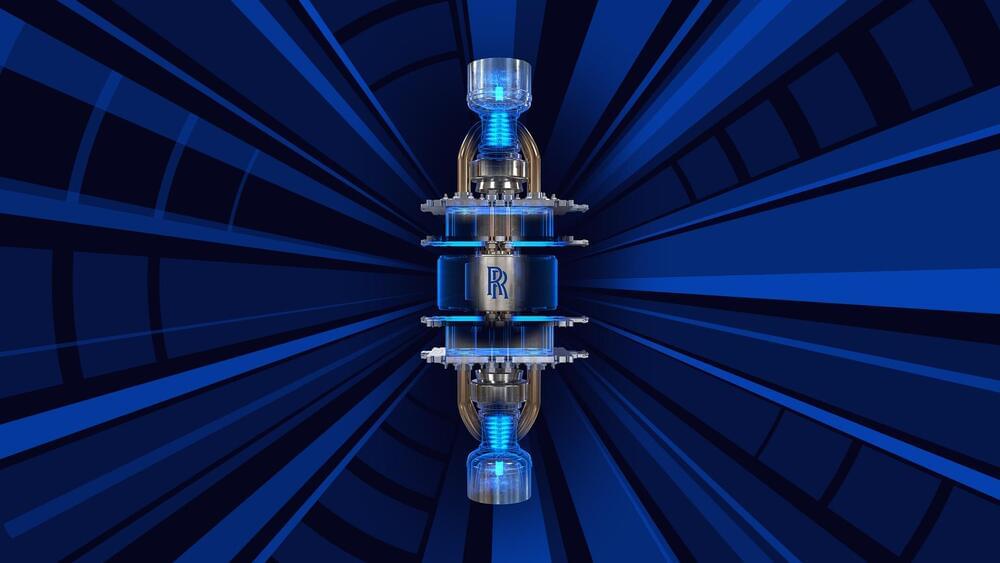
It is “designed to use an inherently safe and extremely robust fuel form.”
The future of deep space exploration is near. Rolls-Royce revealed a new image of a micro-reactor for space that it says is “designed to use an inherently safe and extremely robust fuel form.”
The iconic engineering firm recently tweeted the image alongside a caption. It is designing the nuclear fission system as part of an agreement it penned with the UK Space Agency in 2021.
Nuclear propulsion systems for space, which harness the energy produced during the splitting of atoms, have great potential for accelerating space travel and reducing transit times. This could be of particular importance when sending humans to Mars… More.
Rolls-Royce/Twitter.
Rolls-Royce revealed a new image of a micro-reactor for space that it says is “designed to use an inherently safe and extremely robust fuel form.”
At our StrictlyVC event a few nights ago, Altman was generous with his time, spending an hour with those gathered to talk about the latest at OpenAI (the hottest startup in the world at the moment), as well as answering questions about how his other investments fit into larger themes that he expects to play out — and in the not-distant future.
This is part one of that interview, focused on Altman’s investments, including in Helion Energy, a nuclear fusion company that Altman described at the event as “the other thing beside OpenAI that I spend a lot of time on.” We also talked Twitter, supersonic jets, making babies out of skin cells, and why he’s “not super interested” in crypto.
You can find the second part of our talk, focused on OpenAI, here: https://www.youtube.com/watch?v=ebjkD1Om4uw
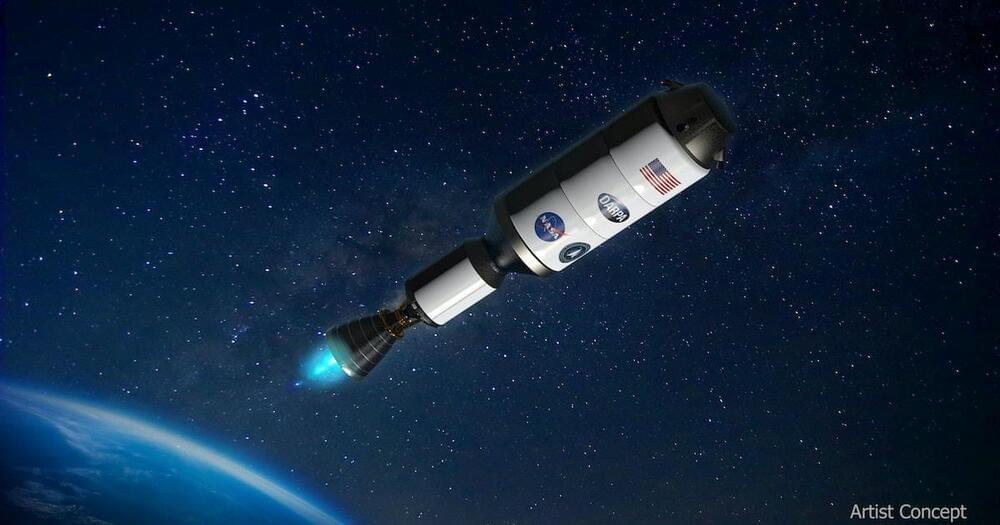
Please join the Project on Nuclear Issues for a book launch event, featuring “The Fragile Balance of Terror: Deterrence in the Nuclear Age.”
In The Fragile Balance of Terror, edited by Vipin Narang and Scott Sagan, the foremost experts on nuclear policy and strategy offer insight into an era rife with more nuclear powers. Some of these new powers suffer domestic instability, others are led by pathological personalist dictators, and many are situated in highly unstable regions of the world—a volatile mix of variables. The increasing fragility of deterrence in the twenty-first century is created by a confluence of forces: military technologies that create vulnerable arsenals, a novel information ecosystem that rapidly transmits both information and misinformation, nuclear rivalries that include three or more nuclear powers, and dictatorial decision making that encourages rash choices. The nuclear threats posed by India, Pakistan, Iran, and North Korea are thus fraught with danger.
Audience questions: https://forms.gle/t1ecgsgib9hhFjAC8
This event is made possible by general CSIS support.
A nonpartisan institution, CSIS is the top national security think tank in the world.
Visit www.csis.org to find more of our work as we bring bipartisan solutions to the world’s greatest challenges.
Want to see more videos and virtual events? Subscribe to this channel and turn on notifications: https://cs.is/2dCfTve.
Follow CSIS on:
• Twitter: www.twitter.com/csis.
• Facebook: www.facebook.com/CSIS.org.
• Instagram: www.instagram.com/csis/
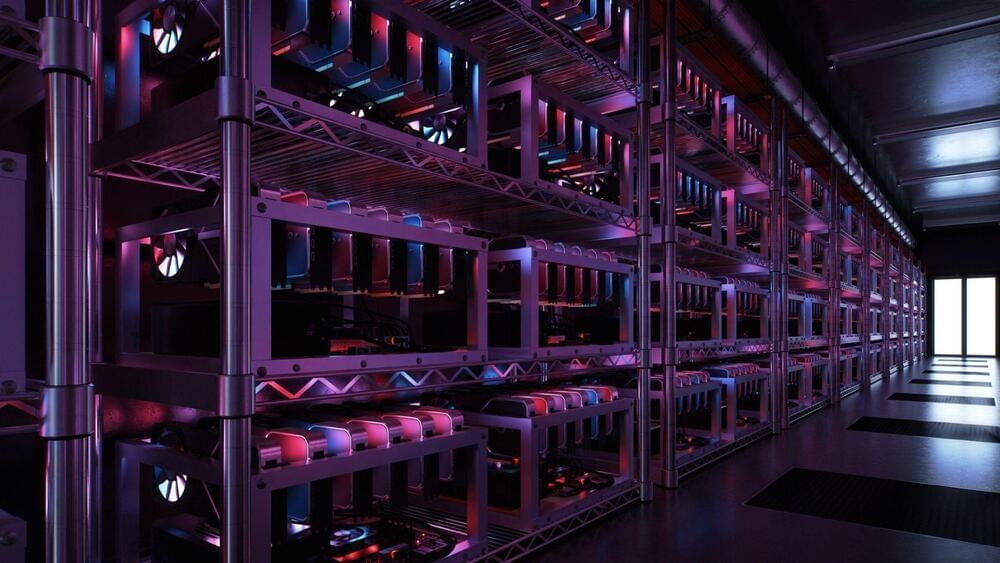
This will reduce carbon emissions from mining operations but is that the only way?
TeraWulf, a Minnesota-headquartered company, will become the first entity in the U.S. to power its Bitcoin mining operations with nuclear energy, CNET.
Luza studios/iStock.
Over the years, the puzzles have become more difficult to crack, and miners have dedicated greater computational resources in their bid to earn the coveted new coin. This, in turn, has increased the power consumption of the Bitcoin industry, making it less sustainable than beef farming, and it is estimated to have emitted 86.3 million tons of carbon in 2022 alone.
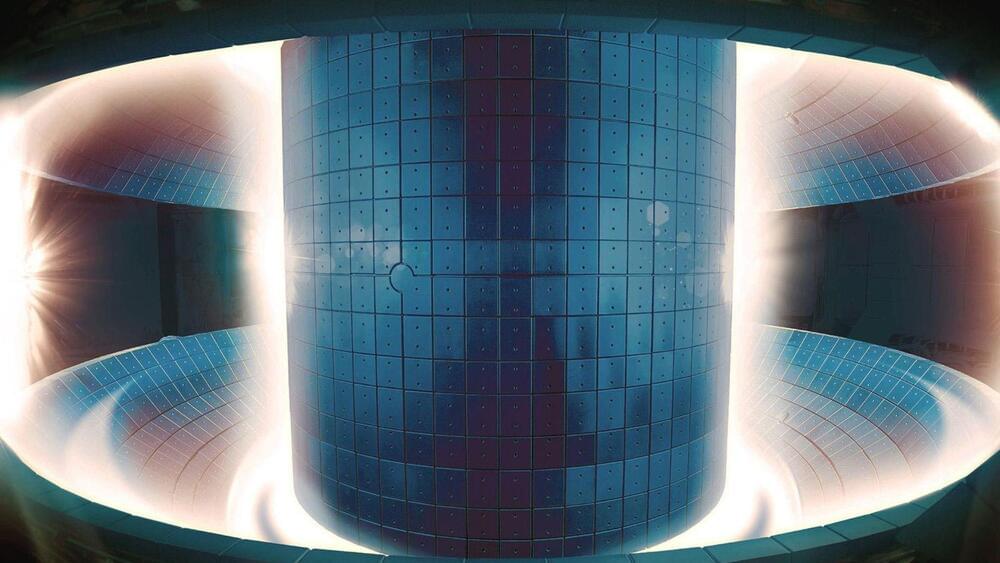
The research is a huge milestone towards fusion energy that can power millions of homes and businesses with a carbon-neutral energy source.
Researchers at the Lawrence Livermore National Laboratory announced that they observed a net gain in nuclear fusion energy for the very first time at the end of 2022. The research is a huge milestone towards fusion energy that can power millions of homes and businesses with a carbon-neutral energy source. However, converting this achievement into a practical nuclear energy source requires innovative technologies to bring fusion-powered society to life.
PNNL
Jacob Haag, the first author of the research, said this is the first study on such material interfaces at too-small length scales. He added they also revealed some fundamental mechanisms that govern the toughness and durability of materials.
Rachel Bronson, PhD, president and CEO, Bulletin of the Atomic Scientists, said: “We are living in a time of unprecedented danger, and the Doomsday Clock time reflects that reality. 90 seconds to midnight is the closest the Clock has ever been set to midnight, and it’s a decision our experts do not take lightly. The US government, its NATO allies and Ukraine have a multitude of channels for dialogue; we urge leaders to explore all of them to their fullest ability to turn back the Clock.”
The Doomsday Clock’s time is set by the Bulletin of the Atomic Scientists’ Science and Security Board with the support of the Bulletin’s Board of Sponsors, which includes 10 Nobel Laureates. Previously, the Doomsday Clock had been set at 100 seconds to midnight since 2020.
The Doomsday Clock statement explains that “Russia’s war on Ukraine has raised profound questions about how states interact, eroding norms of international conduct that underpin successful responses to a variety of global risks. And worst of all, Russia’s thinly veiled threats to use nuclear weapons remind the world that escalation of the conflict—by accident, intention, or miscalculation—is a terrible risk. The possibility that the conflict could spin out of anyone’s control remains high… Russia has also brought its war to the Chernobyl and Zaporizhzhia nuclear reactor sites, violating international protocols and risking widespread release of radioactive materials. Efforts by the International Atomic Energy Agency to secure these plants so far have been rebuffed.” The statement has been translated into Ukrainian and Russian.